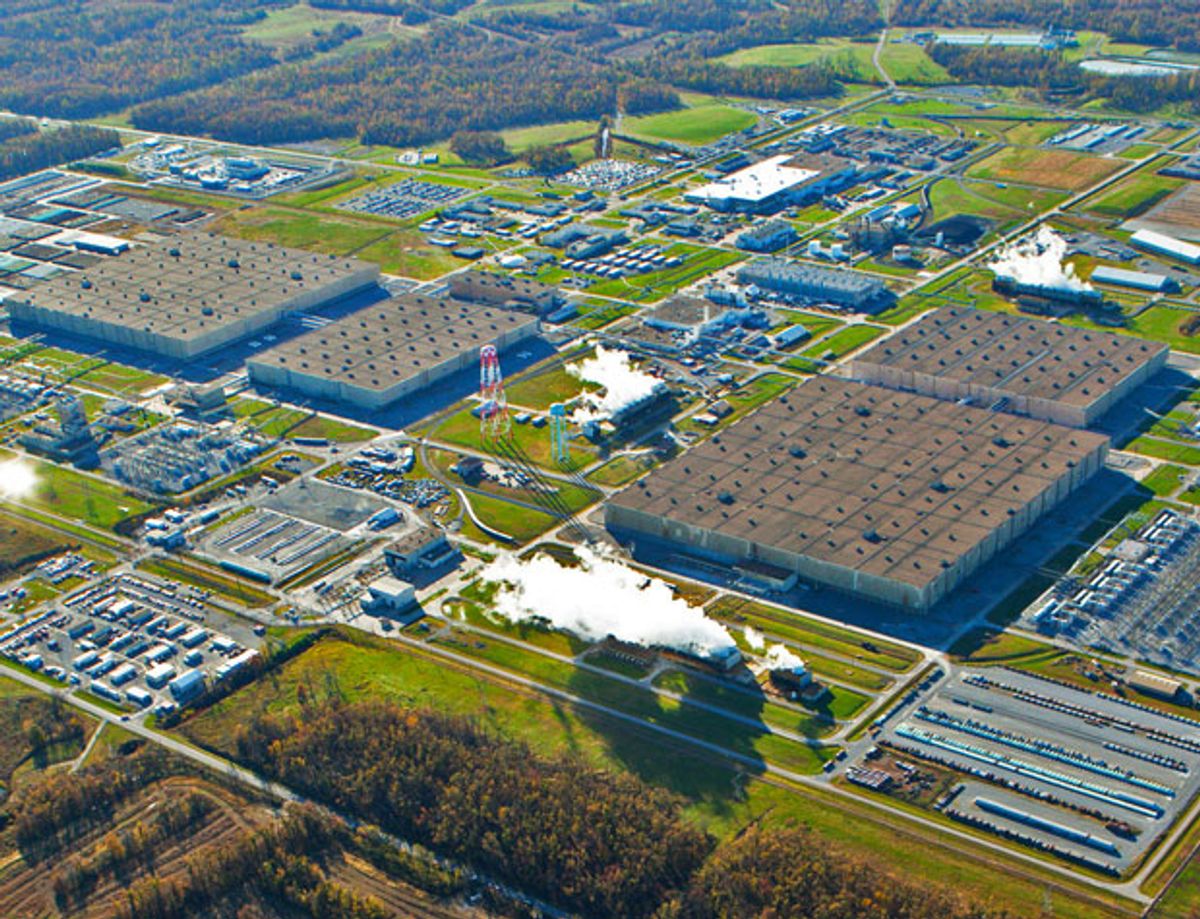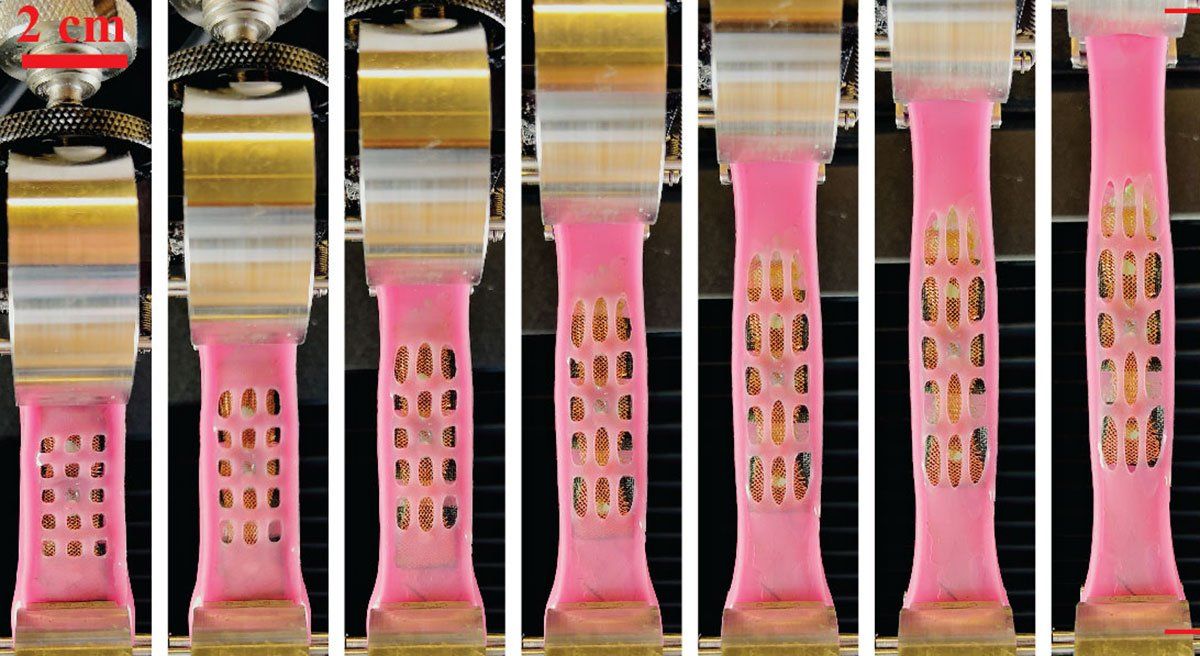In 2000, the United States agreed with Russia to get rid of 34 tons of weapons-grade plutonium. To that end, it embarked on construction of a large plant at Savannah River, S.C.,where the plutonium would be mixed with uranium to make so-called mixed oxide fuel (MOX), suitable for use in nuclear power plants. Buried in the president’s fiscal 2014 budget request is a line sharply cutting funding for the Savannah River MOX plant, which “may be tantamount to killing it,” a former National Nuclear Security Administration official told Arms Control Today.
The Obama administration is telling Russia that its commitment to disposing of the excess plutonium is not at issue as such. The United States may for example opt instead to mix the plutonium with high-level reactor wastes and ultimately put it in a geological repository. In any event, real money is at stake: The anticipated total cost of the MOX facility under construction has ballooned from $4.8 billion to $7.7 billion, and the expected commissioning of the plant has slid from 2016 to 2019.
In a project of this scope, many factors obviously are in play, and the administration has not to our knowledge disclosed in detail why it is reconsidering the plant. But one of the more important factors, surely, is the projected value of the MOX itself, which in turn is a function of long term uranium prices—there would be no point in completing the plant and then making the MOX, as opposed to just dumping the plutonium, if uranium will be dirt-cheap as far ahead as one can see.
So, from that point of view, the fate of the MOX plant is but one indicator of retrenchment in the global nuclear fuels market, post-Fukushima. Last Friday, the operator of the only American-owned uranium enrichment plant in the United States announced that its sprawling Paducah, Kentucky, facility will close for good next month (see photo). The decision is no surprise as such, as the plant employs highly inefficient and obsolete gaseous diffusion technology, invented during the Manhattan Project years. But in a booming world market for nuclear fuels, even a relic like this might have hung on longer.
Three years ago, a state-of-the-art centrifuge enrichment plant in Eunice, N.M., started operations, though it is is only partially built. (Eventually it will have enough capacity to supply about half the reactors in the United States at any one time.) It is being built and operated by Urenco USA, the North American branch of the European enrichment consortium. But the consortium, which has been the world leader in enrichment for many decades, is itself for sale. Its co-owners—basically the British and Dutch governments, and two top German utilities—each for its own complicated reasons, wants out.
Urenco is, to be sure, still highly profitable. “Besides fuel, Urenco’s centrifuges spin off fairly good money: revenue of €1.6 billion (about $2.1 billion last year), yielding earnings of €402 million, for a profit margin of 25 percent,” The New York Times reported this week. “And its order book stands at €18 billion, which translates to at least 10 years of steady work. Analysts estimate Urenco’s market value at about €10 billion.” But the Japanese nuclear shut-down, which, the Times went on to note, has reduced global demand for nuclear fuels by close to 10 percent, plus Germany’s planned nuclear exit, have cast a pall that now stretches to New Mexico, Kentucky, and South Carolina.



